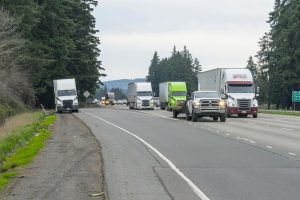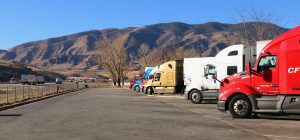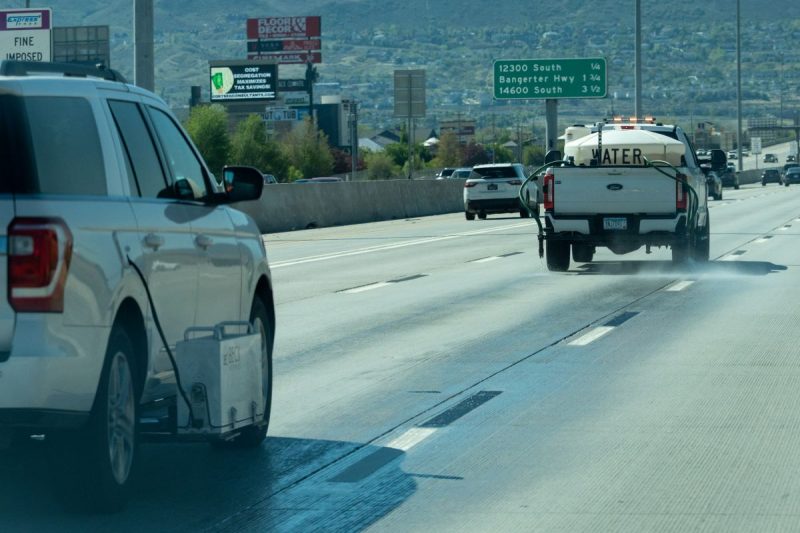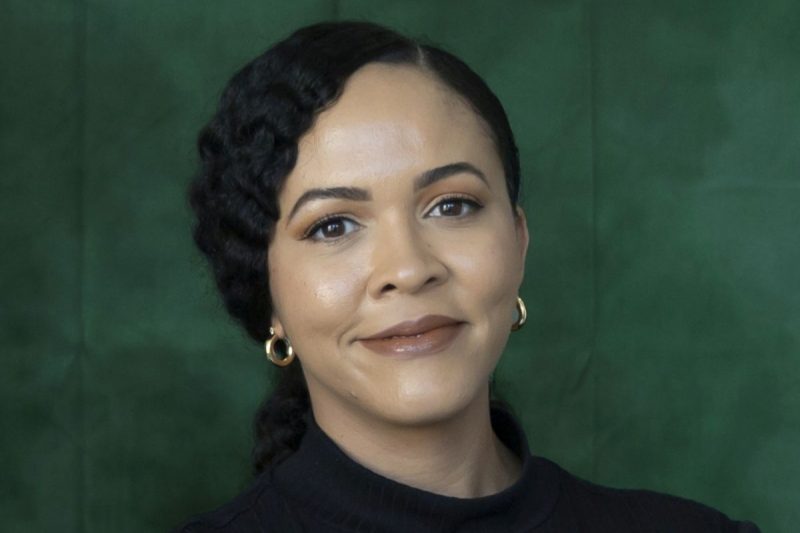John Miller relishes the road less traveled. The summer before his senior year in college, the Virginia native preferred snaking 45 miles through suburban side streets rather than take the Washington, DC, region’s congested Capital Beltway (I-495) to his computer programming job in Maryland. “I had two choices of routes,” he recalls, “and I usually managed to take the slower option.” Miller’s path after earning a bachelor of science in electrical engineering from the University of Virginia in 1989 was similarly unconventional. He joined the Peace Corps and taught math and science—in French—at a secondary school in Mandji, Gabon.
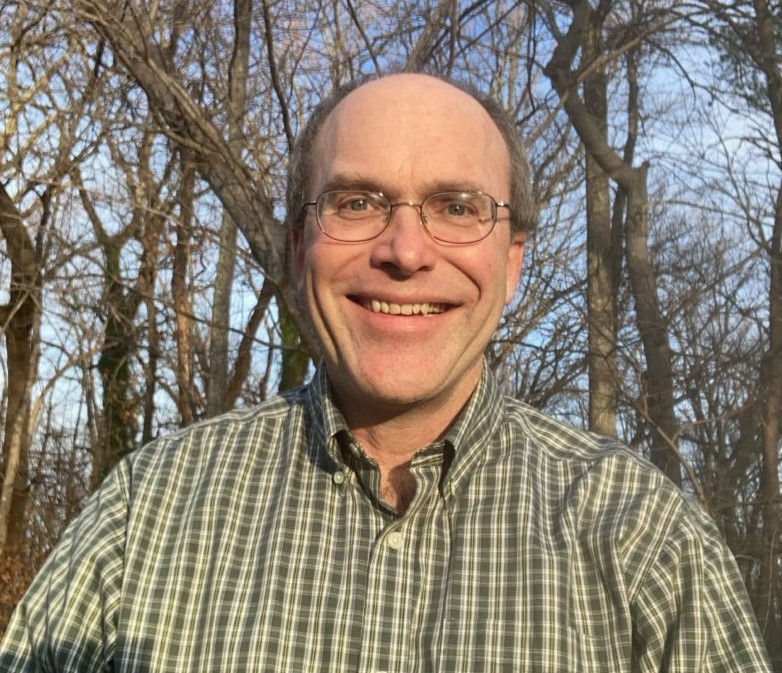
Those experiences inspired and laid the groundwork for Miller’s multifaceted, 28-year research career at the Virginia Department of Transportation (DOT). During that long summer commute, for example, he remembers wondering if there was a way to deploy sensors that would let drivers know which route was faster. That “question of interest” became his senior thesis focus. “At the time,” says Miller (a self-described mediocre student with scant knowledge of other fields), “I did not realize people even studied this kind of thing.” Fortuitously, he was directed to the Civil Engineering Department for help, where he received guidance and mentoring from traffic operations and highway safety engineer, Nicholas Garber, now a professor emeritus.
Miller’s zest for research was further fueled by helping his Gabonese students work through tough science concepts. “I learned that having a bit more time to think about some of the experiments made the material—although still challenging—a lot more interesting,” he explains. That insight, plus the joy he felt doing his undergraduate thesis, propelled him to pursue a PhD in civil engineering at the University of Virginia.
Miller had been working for nine months as a graduate research assistant at the Virginia Transportation Research Council, Virginia DOT’s research arm, when a full-time position opened up. The Charlottesville-based council, which has close ties with the university and was funding his research, proved a natural fit. A staff scientist from 1994 until receiving his doctorate in 1998, Miller investigated topics ranging from live aerial video for traffic management to designing websites focused on transportation safety. His range broadened as he advanced from senior scientist to principal research scientist, conducting applied research with an emphasis on implementation before being appointed to his current post as associate director for environment, planning, and economics in 2022.
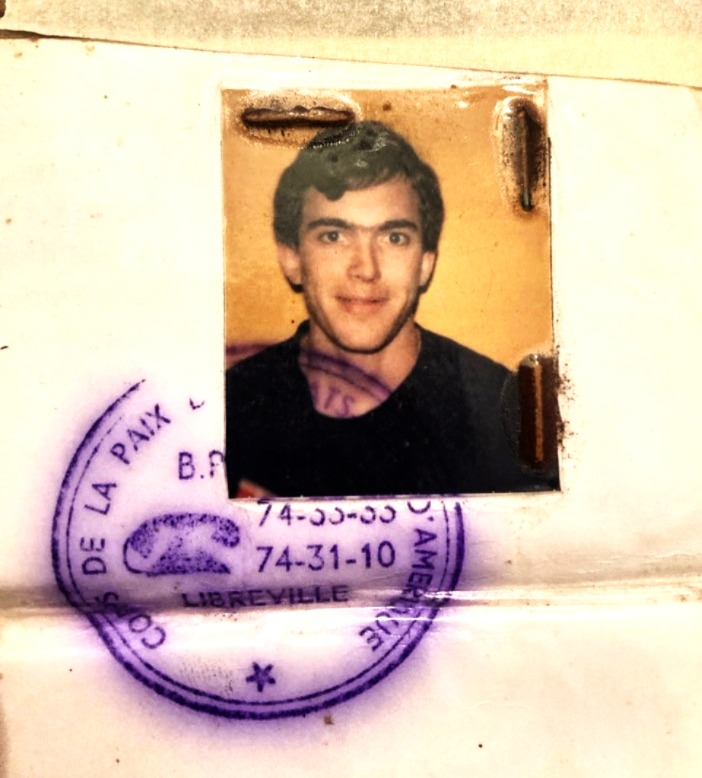
A prolific author, Miller can see the fruits of his research throughout Virginia and beyond. His scope includes park-and-ride commuter routes that reduce emissions and congestion, effective practices for variable-message signs, socioeconomic and travel-demand forecasts aimed at improving traffic, and the use of geographic information system (GIS) data to analyze crashes. He also has stepped up to defend his agency’s work. For example, he publicly stood by the findings of a 2007 study regarding the impacts of red-light cameras.
Miller has been equally active with TRB. He joined the Standing Committee on Safety Data, Analysis, and Evaluation (now the Safety Analysis Performance Committee) as a member in 1999 and has been a friend or member of numerous committees, as well as participated in several studies. He currently serves as the committee research coordinator for the Standing Committee on Transportation Planning Analysis and Application and chairs a National Cooperative Highway Research Program (NCHRP) project panel to develop a guide for defining, assessing, and monitoring multimodal transportation system health. Highlights of his TRB involvement include co-authoring the 2007 Transportation Systems Policy, Planning, and Process Section’s Best Paper Award.
Ever the teacher, Miller still keeps one foot in the classroom. He has taught 10 courses in civil and systems engineering at his alma mater, where he is an adjunct faculty member. Recent offerings include Transportation Planning 1, which covers such areas as trip generation, distribution, and discrete choice modeling, as well as a civil engineering class on GIS applications. Such efforts are his way of repaying the many people who opened opportunities for him. Among them are “former supervisors who took a chance on me, professors who could overlook very imperfect grades, practitioners in various agencies, and colleagues who lent their time.” Also on that list: those who welcomed him to various TRB and AASHTO volunteer efforts, though they barely knew him.
Miller also continues to nurture—and learn from—young transportation professionals. Impressed by their energy, enthusiasm, and willingness to learn new things and ask questions, he encourages them to keep going. His other piece of advice: “You don’t have to learn everything all at once.” If someone isn’t very adept in a technical area, he suggests finding a design project, consulting job, or other opportunity to apply a very simple approach to one small piece, then gradually expand to more challenging endeavors. “It’s not fun to fail, but it’s OK to do so,” assures Miller, who had to study for—and take—the licensing exam twice to become a professional engineer. As was true when he started out, “This is a good time to be in the field.”

